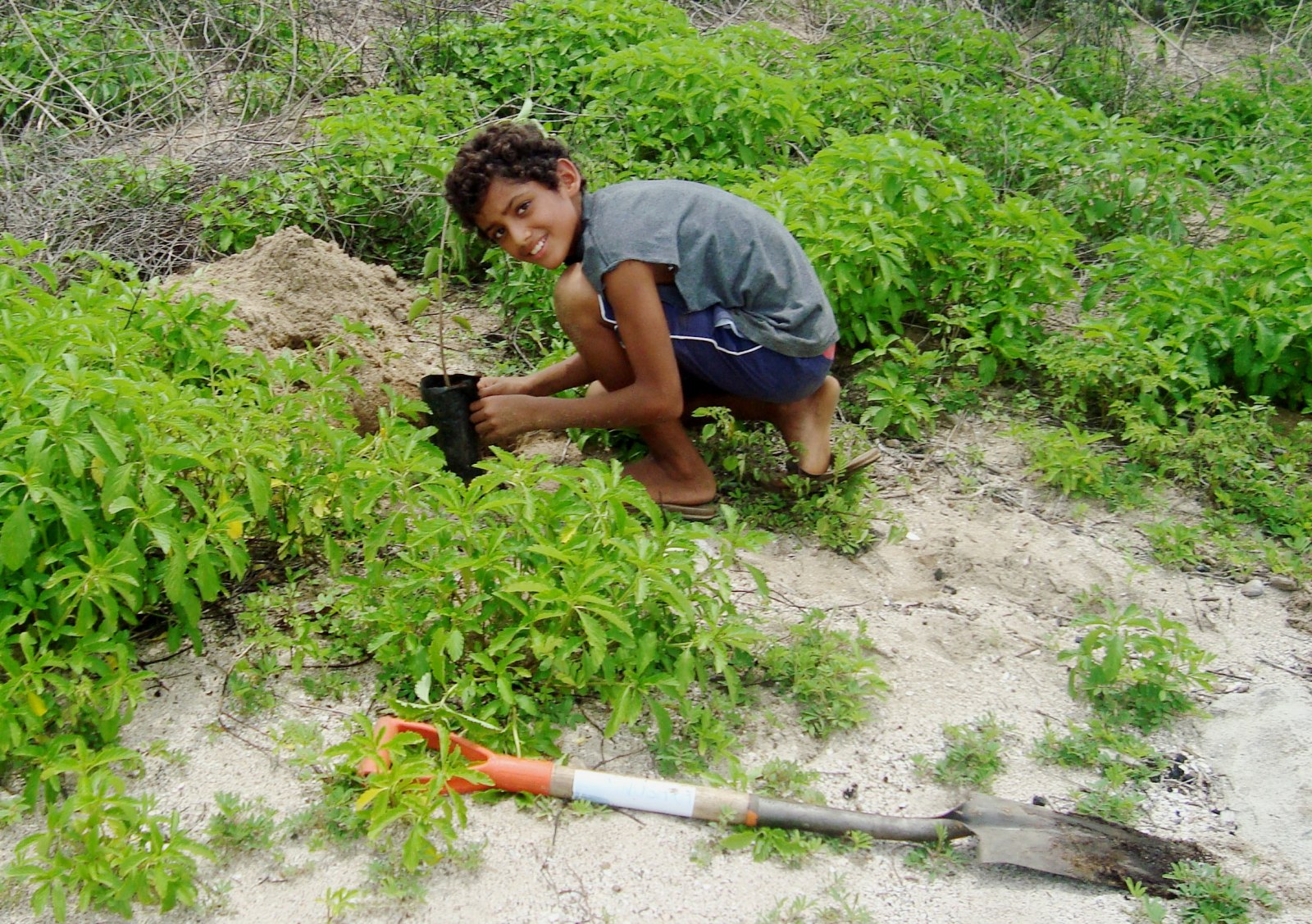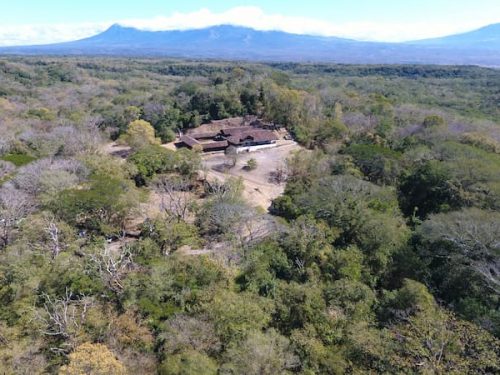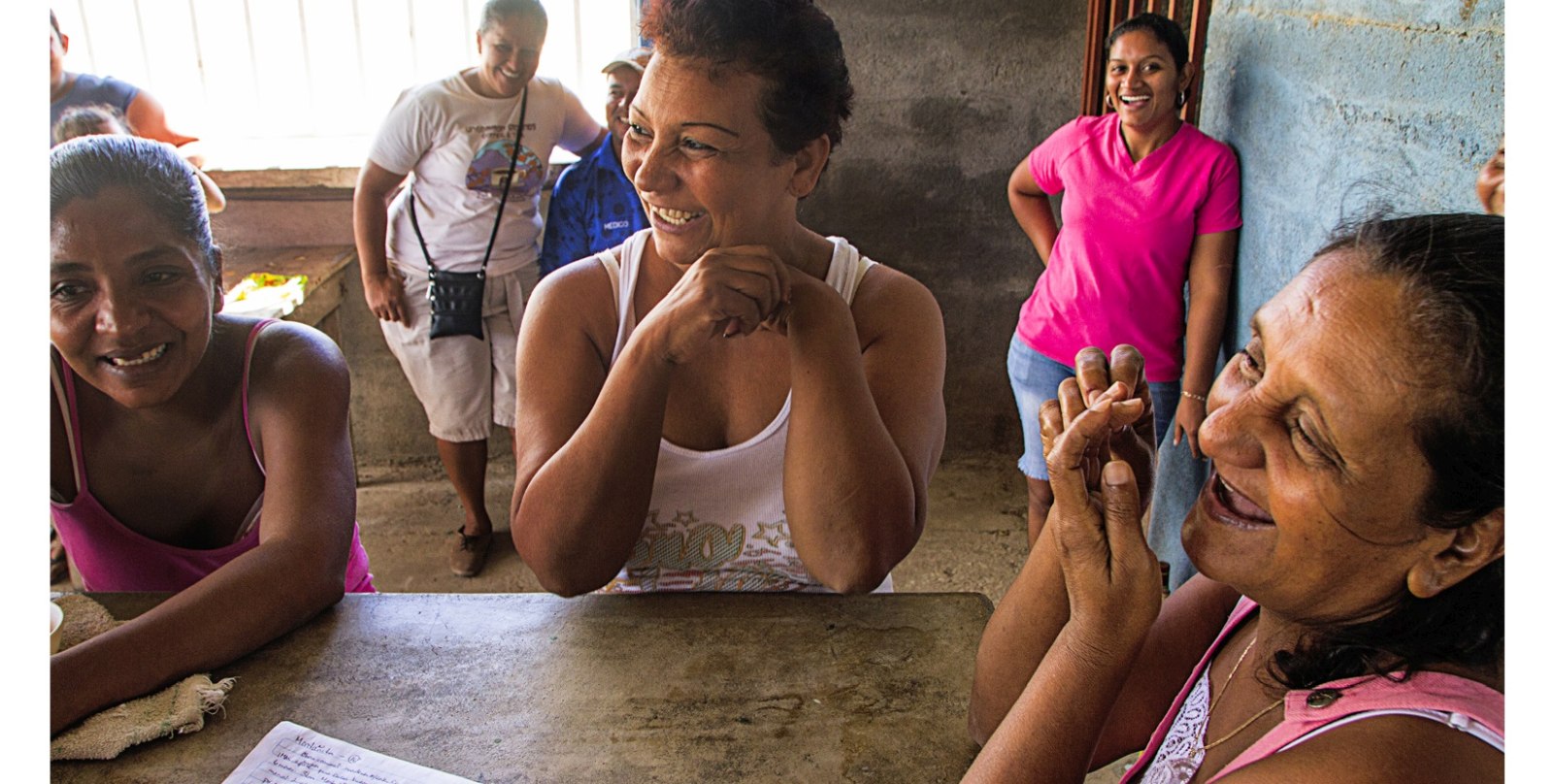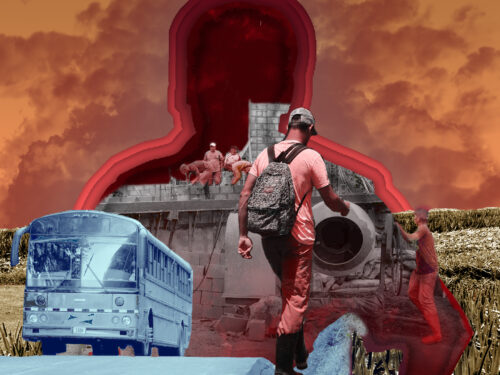
Guiones Beach is over five kilometers. If you have ever walked it, you will realize that most of its length has a beautiful dry forest cover all the way up to the beach.
For several decades ago, long before there was talk of Playa Guiones as a tourism destination, with all its yoga and surfing, the forest of the northern sector of the beach disappeared, apparently to give space to cattle projects. It is this sector which is was planned to develop an “American project” in which they are located today all businesses and tourist residences.
However, despite the intention of developing a disturbed coastal sector, the fact of the closeness of Playa Guiones with Ostional Beach, main nesting site for olive ridley sea turtle (Lepidochelys olivacea), reasoned the inclusion of the first into the then newly created National Wildlife Refuge Ostional. This delimited the possibilities for development 200 meters inland from the high tide line.
This degraded coastal strip of 200 meters, now protected by law as a wildlife refuge, had the potential to be restored naturally, not only for the benefit of the reproduction of sea turtles, but also for beautification of our coastal community, that bases its economy in sustainable tourism and nature.
Restoration is a natural process; in fact, the restoration plays an important role in primary forests as a process of adaptation to new conditions or threats to the ecosystem. Depending on the scale of degradation as well as the site and other factors, this restoration can take anywhere from a few decades to centuries.
Imagine for example that you have a plot of land with cattle, 4 acres in the north of Costa Rica, surrounded by pristine mountains and irrigated with constant rain throughout the year, adding that the land is so rich in organic matter and volcanic minerals bathed in rivers the mountain range of Tilarán. Life abounds and flows from every corner and you have to worry that your property “will not be eaten by the forest” and your cattle “will not be eaten by a tiger.”
Now imagine that one day you decide to sell the cattle, and let his plot becomes forest to build some cabins, taking advantage of the boom for tourism in the area … probably in a matter of 20 years, without having to lift a finger you will see that forest coming back … you will be seeing a natural restoration process. Wouldn’t it be interesting to see the process? Or if you do not live there, how about returning to the plot every 6 months or every year and see the change?
I do not know, but to me that have always been fascinating, it’s like magic that something so degraded can recover.
Now if we talk about Playa Guiones, we’re speaking another language. We are putting us first in a coastal environment, with a very intense salinity, with a sandy soil and almost absent of organic matter, with a 5-month dry season with winds whipping continuous affecting the weak and sparse vegetation for weeks … The north part of Guiones has been free of livestock and any other serious disturbance for at least 40 years … and yet the signs of restoration are minimal.
Nosara has the reputation of having a proactive community committed to environmental conservation. For decades, efforts have been coordinated on reforestation, planting more than 1500 trees in a single season, and with very disappointing results … and certainly seeing that the challenge of recovering the forest is much more complex and difficult than one would wish, we can understand that isolated efforts are not enough … you need something more structured than that.
That’s why since 2011 our coastal community chose to adopt a coastal restoration project to recover the missed forest in the north of Guiones. This project would be carried out by a Costa Rican NGO called Costas Verdes, which specializes precisely in coastal restoration in degraded areas. The project was called BarriGuiones, a fusion of words that mix the name of our beach Guiones, with the plural form of a native tree species, the Ceibo Barrigón (Pseudobombax septenatum).
From the start, Costas Verdes incorporated in the project BarriGuiones several components which have been pillars for the success of their projects: community integration, environmental education, course planning and continuity.
Personally I was thrilled in May 2011 when I found out that there would be a reforestation campaign in Playa Guiones. I’ve always loved planting trees, and had been doing it for a couple of years on the beach, witnessing the disappointing mortality rate and the slow growth of the few surviving trees. When I heard that this campaign was held by a group of organized people, I know I had to meet them in person, I was sure that this time there would be more success, with the serious commitment.
I joined the team as a volunteer first, during the first two years of the project, doing everything possible to support it locally. However, these turns of life and my desire to give more and more to see the dream of consolidating BarriGuiones led me to devote myself almost entirely as a leader and administrator, as I still do today.
For three years we have been planting, learning, teaching, motivating, uniting, creating smiles and means to make friends. We have volunteers of all ages and nationalities. One of my favorites has only 11 years, and is a local boy named Ivan Garza. This child, through BarriGuiones and Costas Verdes, found fun, new friends, but above all a passion and dream to live by.
Just as Ivan, many other guys have come to help and grow in the project. Several local schools have received lectures to introduce our project to them and the magic of trees and ecosystems. We chose to prioritize giving talks in schools enrolled in the Blue Flag program, and so help them meet the requirements to win the award, providing the environmental education program.
We believe that the sustainability of BarriGuiones depends on engaging all age ranges and social structures. Integrating families, businesses, churches and other groups is a key point to achieving this. We witness the case of a family who decided to take a group of trees. All they had to do initially was water them regularly during the dry season. Then we learned that the trees had been baptized with special names, and later saw their interest growing … they wanted more responsibility, as they had grown so fond of the trees they felt they could do more. Now, besides the above, this family is measuring the height and placed them protective barriers saplings. It is amazing to see the excitement, curiosity, affection, attachment and responsibility in the groups!
There is much to say that it would take weeks writing the cases of success from BarriGuiones. What we really want is to make it clear that we have a specific goal: to recover the native coastal forest in the north of Playa Guiones, and that to achieve this, we are working closely with the community and local schools. We hope to continue growing with the project, and that the benefits for Nosara, further multiply.







Comments